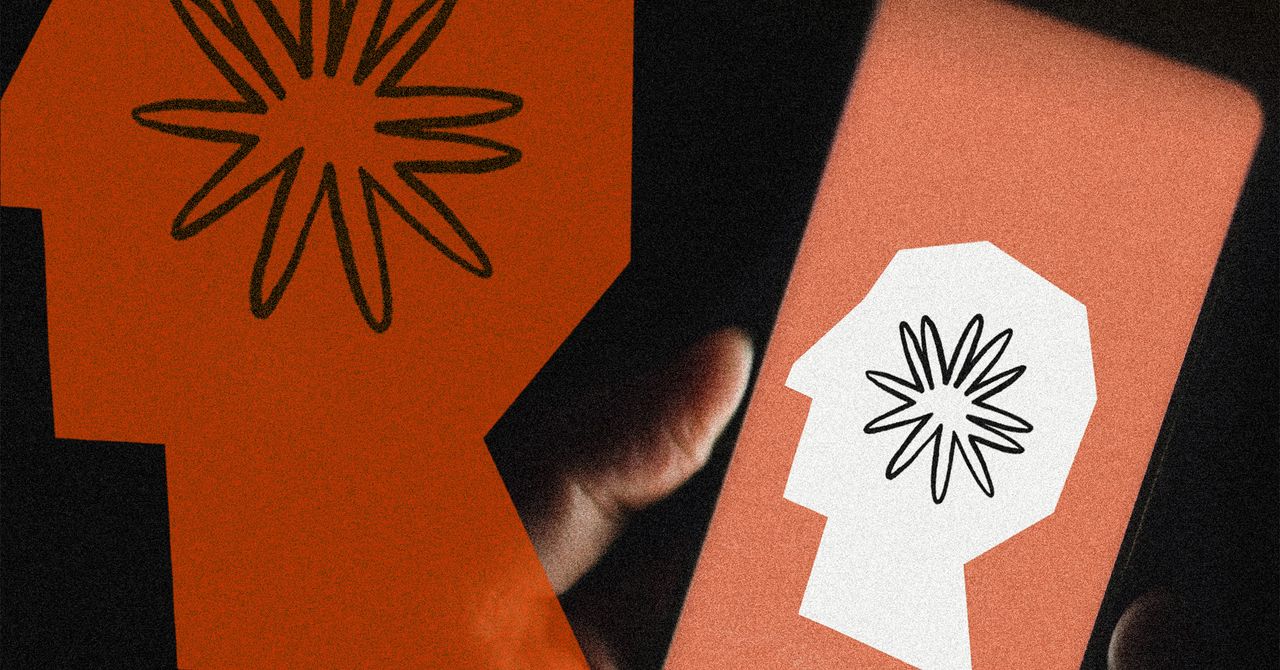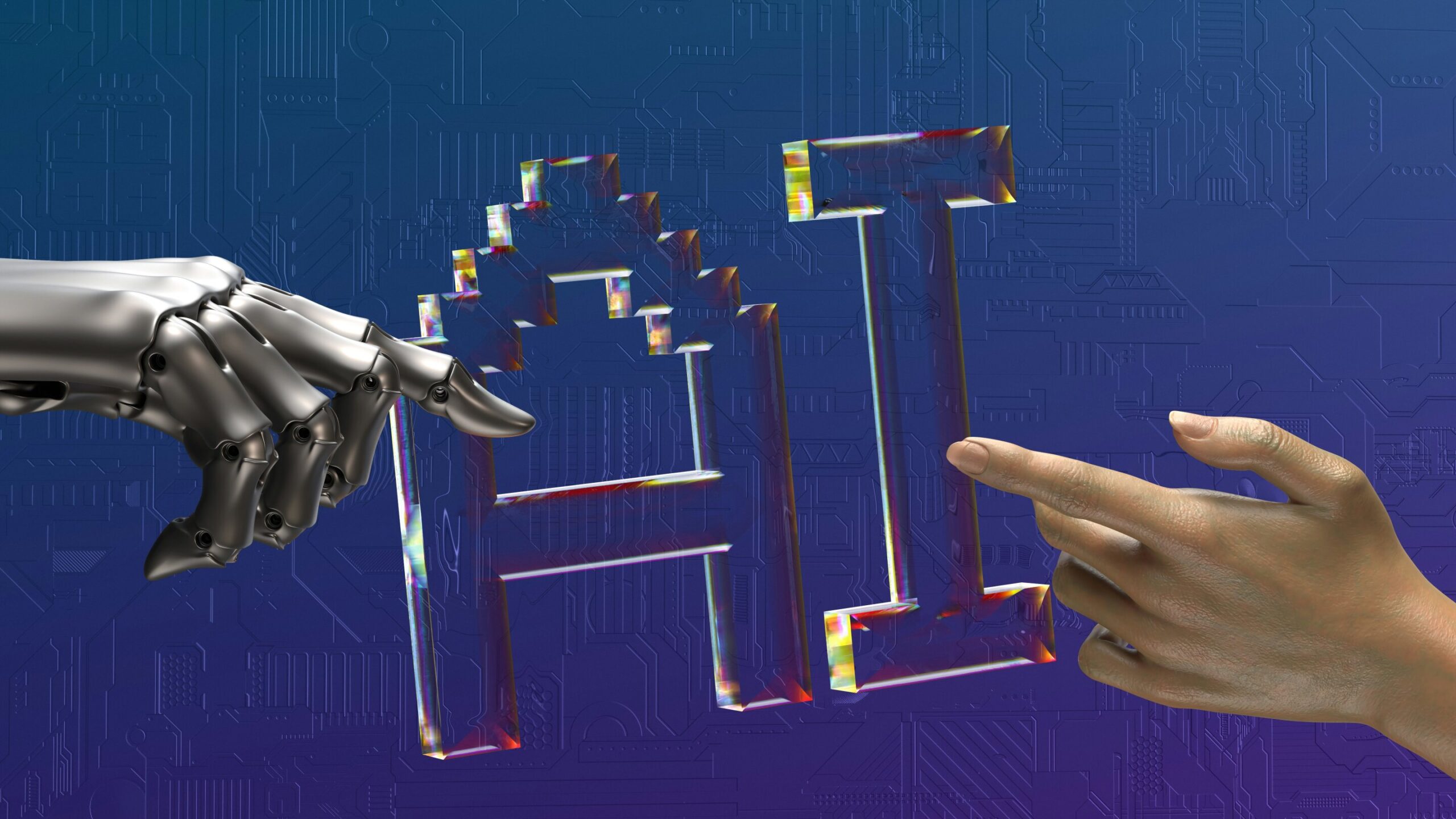
In a world obsessed with shortcuts to success and wealth, Mia Zelu is the ultimate fantasy: A virtual influencer who skipped the everyday grind and even the basic requirement of existing. But audiences are still double-tapping.
Like the self-help hustlers and “infogypsies” selling success without substance, Mia Zelu markets effortless perfection, having gained 169k Instagram followers since March 2025 thanks to the careful curation of her AI-generated content by an anonymous team. While Mia’s Instagram posts are not labeled as AI-generated, her bio reads “digital storyteller & AI influencer,” a detail that some users may easily overlook, as Mia’s divided comment section shows.
Many followers praise her “natural beauty that glows indefinitely,” send bot-like repetition of heart and rose emojis, ask to meet in real life, inquire about her outfits, and relate to the everyday challenges and future anxieties expressed in her captions. Others (a smaller group), however, find the content and user engagement disturbing. They point out odd visual details, like a professional video camera in the middle of the Wimbledon audience or a man in the background holding a tennis ball in front of his right eye, and question: “Does it make him see the match better?”
Mia’s viral Wimbledon imagery, including the Pimm’s glass, sparked debates around potential branded partnerships, but there is no evidence of sponsorship or affiliate-based content. Although Mia’s bio invites collabs, her team seems not to have monetized her following yet, although who can be sure?
Many other AI influencers have already carved out a new lucrative market ecosystem. Take Aitana López, a hyper-real AI model with 4.3 million followers, created by Spanish software developer Rubén Cruz. With recent Instagram paid posts featuring Adidas, Tiffany, and YSL, Cruz reportedly earns up to $11,500 a month. At the lower end of the uncanny valley is Lil Miquela, launched in 2016 by an LA-based digital design company Brud. With 2.4 million followers on Instagram, her brand was built through collaborations with Chanel, Prada, Louis Vuitton, and even landed on TIME’s list of the 25 most influential people on the internet.
Another cartoon-like AI influencer is a Brazilian digital retail queen Lu of Magalu, number one among the virtual influencers that earn the most from Instagram. Originally launched in 2003 as a chatbot for department store Magazine Luiza, Lu has since become a fully-fledged celebrity, with 7.8 million Instagram followers and an estimated $34,320 fee per sponsored post, partnering with some of the biggest brands in the world, including Adidas, McDonald’s, Red Bull, Maybelline, and Samsung, among others. Lu appeared in a music video alongside Brazilian singer Anitta and DJ Alok. She also competed on Brazil’s version of Dancing with the Stars.
Over on TikTok, Nobody Sausage, an animated sausage, is the biggest AI influencer, with 22.1 million followers, partnerships with brands such as Netflix and Hugo Boss, and earnings of an estimated $33,880 per post.
Sitting in the middle of the realism spectrum is Shudu, self-proclaimed “world’s first digital supermodel,” created by former fashion photographer Cameron-James Wilson. With 238,000 Instagram followers, Shudu gained viral fame through collaboration with Fenty Beauty and photoshoots for Cosmo, Elle, and Vogue, deliberately blending digital art and high fashion photography. Her posts are tagged with #AIart and #virtualinfluencer, but her lifelike appearance often leaves followers guessing.
A recent Australian study in the Proceedings of the 2025 ACM Designing Interactive Systems Conference demonstrated that audiences may prefer less human-like AI influencers. Virtual influencers with moderate and high levels of human likeness left audiences feeling unsettled and were deemed as “creepy” and less trustworthy. This is the uncanny valley effect in action. Participants were found to more likely accept messages from 2D digital personas that did not attempt to visually mimic human appearance.
In many ways, the integration of AI-generated materials into the social media influencer space seems a natural fit. Both trade on surfaces over depth, aesthetics above authenticity, and the history of Instagram’s development has been rife with ethical dilemmas regarding transparency, trust, and representations of realness.
While some AI influencers trade on ultra-realism, and others bet on the appeal to digital fantasy and satire, the question lingers: With AI influencers, when does illusion outperform truth and fiction become the better business model?
More information:
Cherie Sew et al, The Impact of Human-Likeness and Self-Disclosure on Message Acceptance in Virtual AI Influencers, Proceedings of the 2025 ACM Designing Interactive Systems Conference (2025). DOI: 10.1145/3715336.3735756
Citation:
Virtual personas attract millions as AI influencers reshape online celebrity culture (2025, August 1)
retrieved 1 August 2025
from https://techxplore.com/news/2025-08-virtual-personas-millions-ai-reshape.html
This document is subject to copyright. Apart from any fair dealing for the purpose of private study or research, no
part may be reproduced without the written permission. The content is provided for information purposes only.



